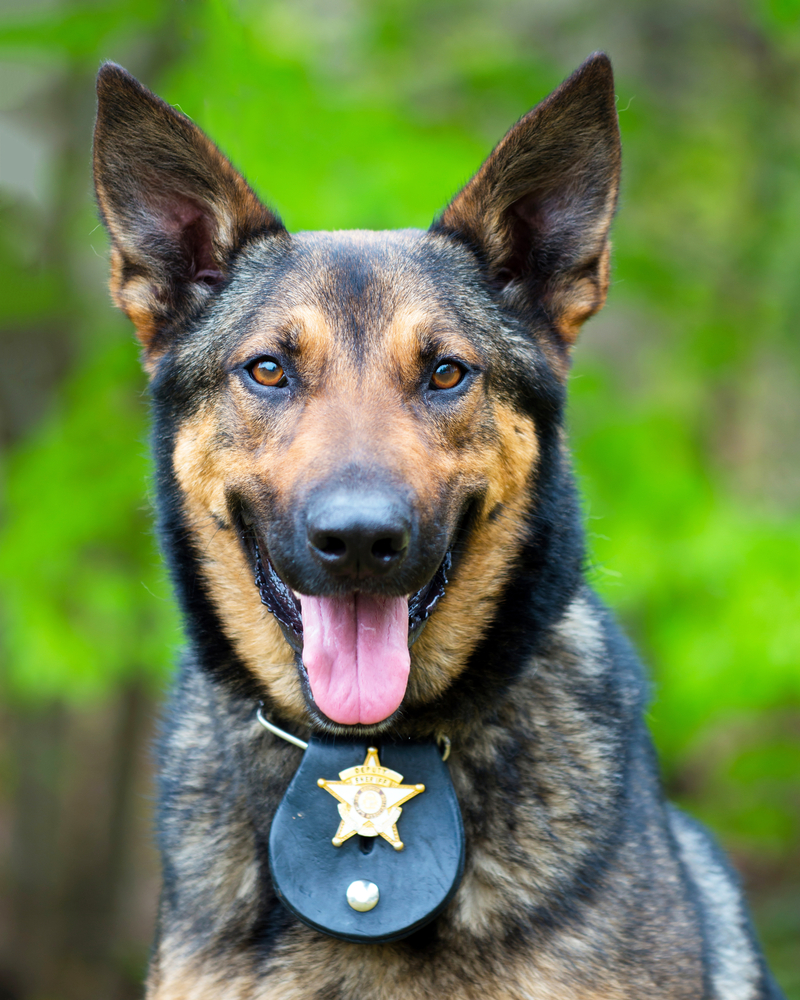Two years ago I interviewed Cat Warren, a cadaver dog handler and author of the New York Times bestselling What the Dog Knows: Scent, Science, and the Amazing Ways Dogs Perceive the World. She gave my readers advice about whether their dogs might...
How far back in time can a cadaver dog’s nose go? Twenty years? A hundred? Some dogs work as archaeology dogs, and the age of the graves they can detect might surprise you. Cadaver dogs have successfully sniffed out Civil War and Revolutionary War...
Dogs love stench. They are attracted to different fragrances than we are. They poke in garbage, sniff rear ends, and flop down on the beach to roll in dead fish. So it is not surprising that incidents of dogs discovering homicide victims sprinkle...




Recent Comments